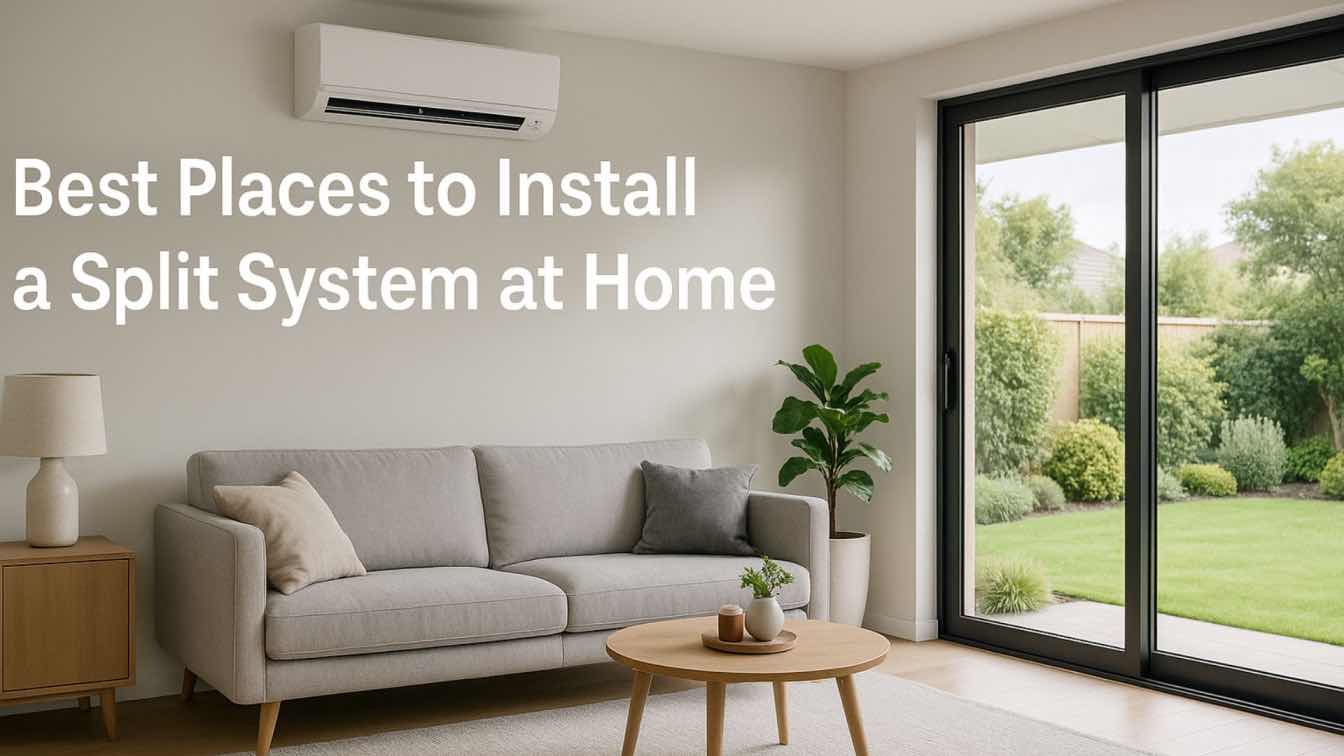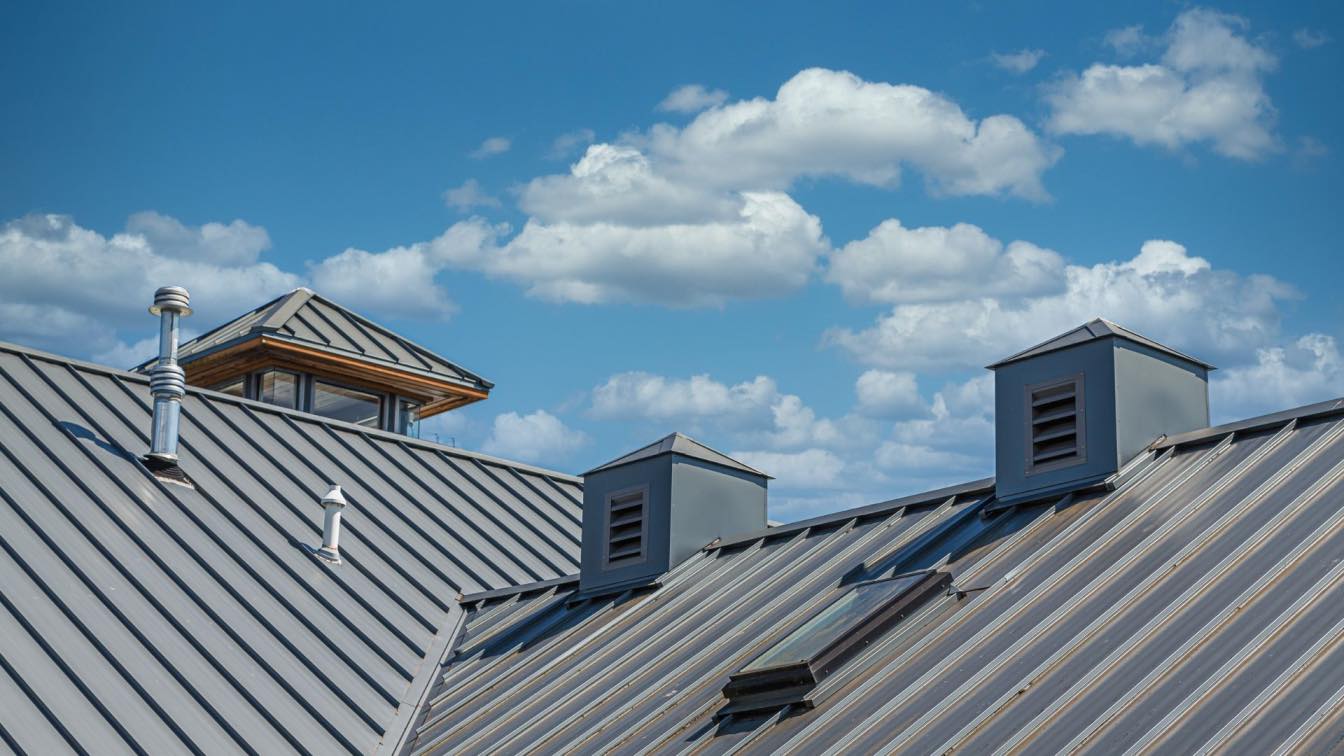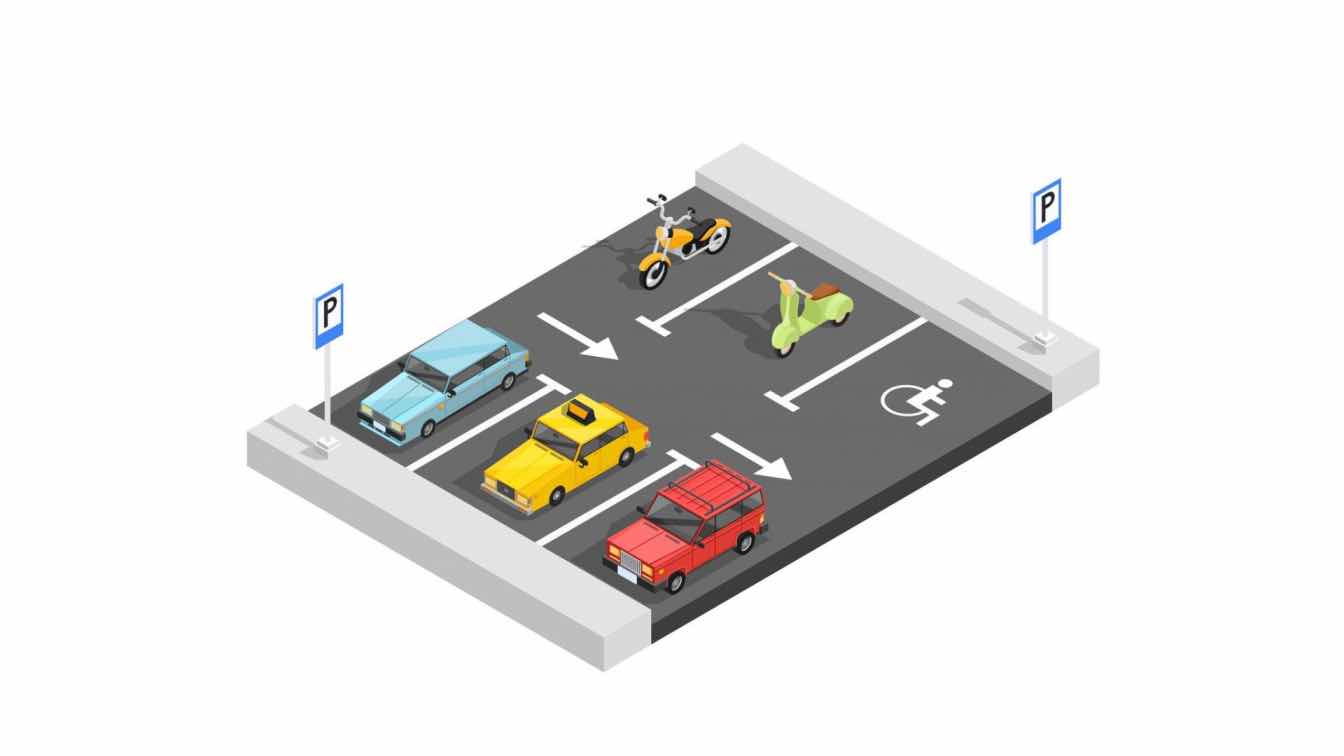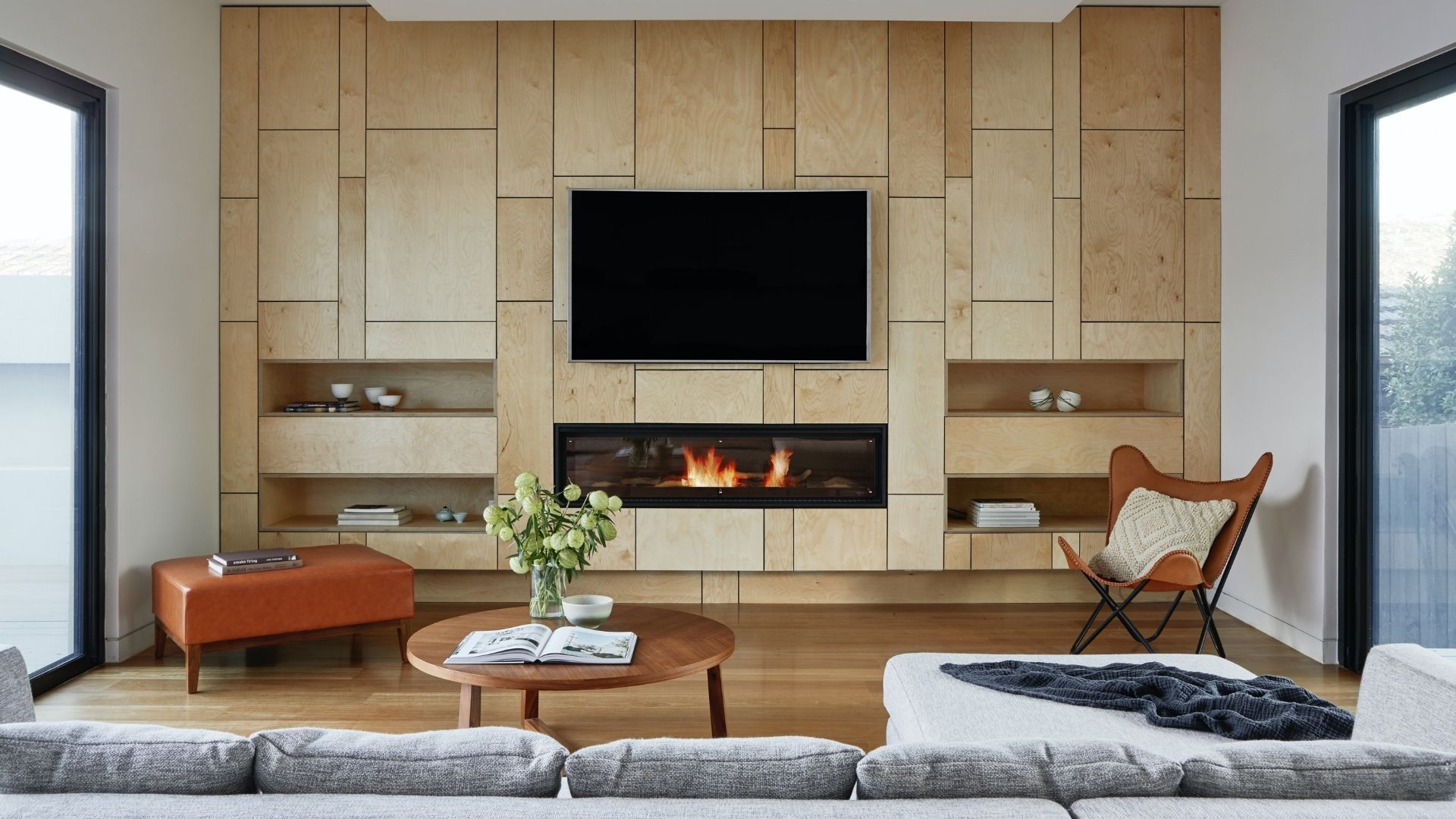Split system air conditioners are a popular cooling and heating solution for many homes. Their versatility, energy efficiency and ability to control individual room temperatures make them perfect for a wide range of living spaces. But to get the most out of a split system, you need to install it in the right spot.
Right placement can improve performance, maximise energy efficiency and provide comfort all year round. Poor positioning, on the other hand, can lead to uneven temperatures and increased running costs. That’s why planning your air conditioner installation with both functionality and layout in mind is essential.
Below we explore the best places to install a split system air conditioner in your home, along with tips tailored to any climate.
1. Living Room or Main Family Area
The living room is the most used area in the home so it’s a priority for climate control. Installing a split system in this space means you and your family will be comfortable while watching TV, entertaining or just relaxing.
Tips:
- Mount the indoor unit high on a wall so cool or warm air can circulate evenly.
- Position away from direct sunlight to avoid putting extra strain on the unit.
- Don’t place the unit above televisions or electronic devices as condensation can become an issue.
Why it works:
Many homes have an open plan living area. A well placed split system can cool or heat not just the living area but also the adjacent kitchen and dining zones.
2. Bedrooms
A good night’s sleep is crucial, especially during hot summers. Installing split systems in bedrooms is a smart move if you want a quiet night’s sleep without the noise or energy consumption of ducted systems.
Tips:
- Position the indoor unit so it doesn’t blow air directly over the bed which can be uncomfortable or even cause health issues.
- Centre the unit on a wall opposite or adjacent to the bed for even airflow distribution.
- For smaller bedrooms a lower capacity unit is often sufficient.
Why it works:
With the variation in temperatures between regions – think Darwin’s humid nights vs Canberra’s chilly mornings – having bedroom specific climate control is a major advantage.
3. Home Office or Study
Home offices and studies are becoming more and more essential for many households as remote and hybrid work become the norm. That's where a comfortable home office really comes in handy.
Some practical advice:
- Don't install that air conditioning unit where it'll hit your workspace—whether that's your keyboard, paperwork or both.
- Choose a quiet one to avoid distractions during work or video calls.
- And consider Wi-Fi control so you can adjust the temperature remotely during meetings.
What makes split systems so great for homes?
They provide year-round comfort in climates that can go from scorching summers to freezing winters. And they keep the air quality indoors where it counts—in closed office spaces.
4. Converted Garages and Rumpus Rooms
Converted garages, media rooms or rumpus areas often lack the insulation or heating and cooling systems they need. That's where a split system can come in and make these spaces usable all year round.
Some things to bear in mind: because these rooms can be larger or irregularly shaped, you may need a higher-capacity unit. Position the indoor unit away from doors or windows to prevent energy loss. And if possible, insulate those walls and ceilings to boost efficiency.
These flexible spaces are being used more and more as teen retreats, gyms or hobby zones. A dedicated split system means they'll be comfortable no matter the season—that's a win-win.
5. Hallways or Transitional Areas
Placing a split system in a central hallway can regulate the temperature across multiple nearby rooms. That works best in single-storey homes where doors to bedrooms or adjacent spaces are open.
Some things to watch out for: position the unit far enough away from stairwells or exterior doors to avoid drafts. In compact homes or units where ducted systems aren't practical, a central split system can be a budget-friendly alternative to multiple smaller units.
Outdoor Unit Placement Considerations
Just as important as the indoor unit’s position is the location of the outdoor condenser unit.
Outdoor Tips:
- Choose a well ventilated, shaded area that’s easy to get to for maintenance.
- Don’t put it near bedrooms or neighbours’ windows to minimize noise.
- Keep the area around the unit clear of plants, leaves or debris that can block airflow.
- In coastal areas, consider corrosion resistant units or covers to withstand salty air.
- In bushfire prone areas, keep the area around the unit clear to reduce fire risk.
General Rules for Optimal Placement Regardless of the Room:
Height Matters: Install indoor units high up on the wall to get better air distribution.
Avoid Obstructions: Keep units away from furniture, curtains or anything that blocks airflow.
Think Ahead: Choose a location that’s easy to get to for future maintenance and filter cleaning.
Energy Efficiency: Walls that get more sun may increase cooling demand – consider this when choosing placement.
Professional Installation is Essential
Air conditioner installation should always be done by licensed professionals. Incorrect placement can reduce efficiency, void warranties and even be a safety risk. A qualified installer will assess:
- Room size and insulation
- Orientation to the sun
- Ceiling height
- Usage patterns
- Electrical requirements
This ensures your split system works reliably and efficiently.
Smart Placement Tips for Maximum Comfort and Efficiency
Choosing the right location for your split system impacts more than just looks – it affects comfort, energy consumption and long term usability. Whether you’re upgrading an existing unit or installing one for the first time, thoughtful placement and expert advice will get you the best performance and value.
Avoid placing the indoor unit near heat sources or direct sunlight, as this can interfere with temperature regulation. Outdoor units should also be installed in well-ventilated areas to ensure efficient airflow and prevent overheating.





